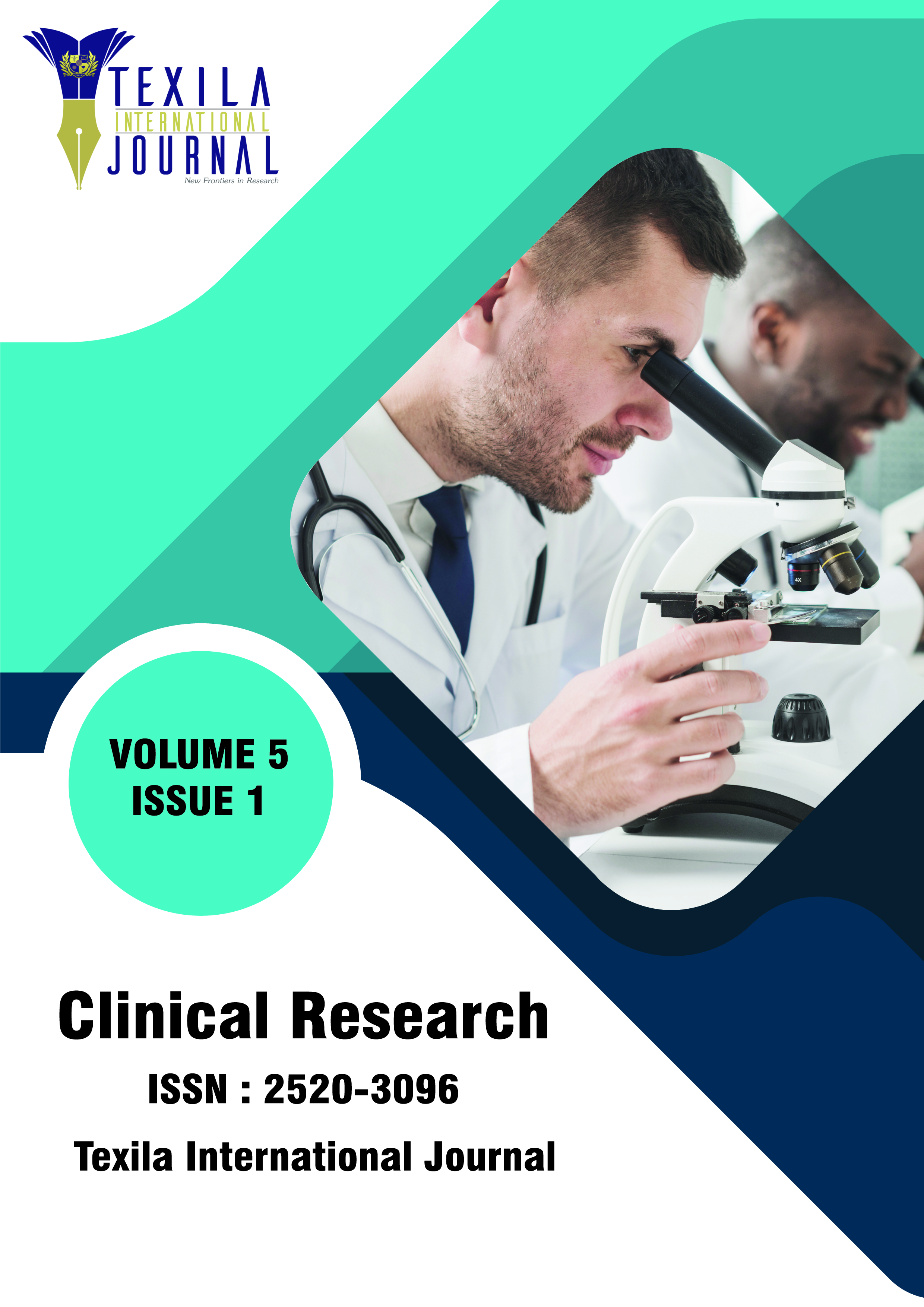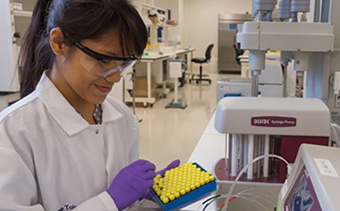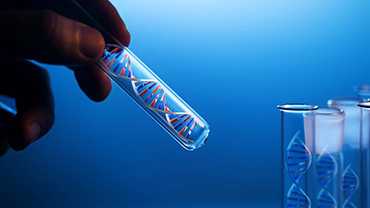References:
[1]. Adler, E. S., & Clark,
R. (2014). An invitation to social research. Belmont, CA: Cengage Learning.
[2]. Andrew X. Zhu, P. J.-k.,
& Philip, P. A. (2013). First-in-Man Phase
I Study of GC33, A Novel Recombinant Humanized Antibody against Glypican-3, in Patients
with Advanced Hepatocellular Carcinoma. Clinical Cancer Research.
[3]. Atanasov, A. G., et al.
(2015). Discovery and resupply of pharmacologically
active plant-derived natural products: A review. Biotechnology Advances, 33(8),
1582–1614.
[4]. Bartlett, D. L. (2011).
Surgical Oncology: Fundamentals, evidence-based
approaches and new technology. New Delhi: Jaypee Brothers Pvt. Ltd.
[5]. Berger, A. A. (2011). Media
and communication research methods: An introduction to qualitative and quantitative
approaches. Thousand Oaks: SAGE Publications.
[6]. Bumbaca, D., et al. (2011).
Highly specific off-target binding identified
and eliminated during the humanization of an antibody against FGF receptor 4. MAbs Journal, 3(4), 376–386.
[7]. Conner, J., et al. (2014).
Biotechnology entrepreneurship. New York: Elsevier Inc.
[8]. Creswell, J. W. (2014).
Research design: Qualitative, quantitative, and mixed methods approaches.
Thousand Oaks, CA: SAGE Publications.
[9].
Dostalek, M., Prueksaritanont,
T., & Kelley, R. (2017). Pharmacokinetic
de-risking tools for selection of monoclonal antibody lead candidates. MAbs Journal, 9(5), 756-766.
[10]. Ehnert, I. (2009). Sustainable human resource management: A
conceptual and exploratory analysis from a paradox perspective. Heidelberg:
Physica-Verlag Press.
[11]. Eisenhauer, E. A., Twelves, C., & Buyse, M. E. (2015). Phase
I Cancer Clinical Trials : A Practical Guide. New York: Oxford University Press.
[12]. European Medicines Agency. (1988). Pharmacokinetic Studies
in Man. Retrieved 09 15, 2017, from European Medicines Agency: Retrieved from
http://www.ema.europa.eu/ema/index.jsp?curl=pages/regulation/general/general_content_001289.jsp&mid=WC0b01ac0580032ec5
[13]. FDA. (2017a). Step 2: Preclinical research. Retrieved from
https://www.fda.gov/forpatients/approvals/drugs/ucm405658.htm
[14]. FDA. (2017b). Step 3: Clinical research. Retrieved from
https://www.fda.gov/forpatients/approvals/drugs/ucm405622.htm
[15]. FDA. (2017c). Inside clinical trials: Testing medical products
in people. Retrieved from https://www.fda.gov/drugs/resourcesforyou/consumers/ucm143531.htm
[16]. Feldman, E. J., Lancet, J. E., Kolitz, J. E., Ritchie, E. K.,
Roboz, G. J., & List, A. F. (2011). First-In-Man
Study of CPX-351. Journaal of Clinical
Oncology , 979-985.
[17]. Food and Drug Agency. (2005). Guidance for Industry:Clinical
Studies. New York: Rockville,.
[18]. Forum on Neuroscience and Nervous System Disorders,Board on Health
Sciences Policy, & Institute of Medicine. (2014). Improving and accelerating
therapeutic development for nervous system disorders: Workshop summary. Washington
DC: National Academies Press.
[19]. Gad, S. C. (2011). Safety evaluation of Pharmaceuticals and
Medical Devices : International Rregulatory
Guidelines. New York: Springer.
[20]. Giese, G. (2017). Clinical pharmacology 1: Phase 1 studies
and early drug. Retrieved from https://www.fda.gov/downloads/training/clinicalinvestigatortrainingcourse/ucm340007.pdf.
[21]. Hanauer, S. B. (2008). The
ethics of phase I trials of biologic agents. Nature Clinical Practice Gastroenterology & Hepatology, 5(10), 533.
[22]. History of Vaccines. (2017). Vaccine development, testing,
and regulation. Retrieved from https://www.historyofvaccines.org/content/articles/vaccine-development-testing-and-regulation
[23]. Hojjat-Farsangi, M. (2014). Small-Molecule Inhibitors of the Receptor Tyrosine Kinases: Promising tools for targeted cancer therapies.
International Journal of Molecular Sciences,
15(8), 13768–13801.
[24]. Institute of Medicine (US) Committee. (2010). Accelerating Rare Diseases Research and Orphan
Product Development. In M. J. Field, & T. Boat, Rare Diseases and Orphan
Products: Accelerating Research and Development (p. Chapter 5: Development of
New Therapeutic Drugs and Biologics for Rare Diseases). Washington DC: National
Academies Press. Available from: https://www.ncbi.nlm.nih.gov/books/NBK56179/.
[25]. Klein, J., & Blaser, G. (2016, Novemeber). Expression of
next generation biologics requires next generation expression systems. Retrieved
from
http://bio.lonza.com/uploads/tx_mwaxmarketingmaterial/Lonza_Webinars_Next_Generation_Expression_Systems.pdf
[26]. Kudrin, A. (2012). Overview
of cancer vaccines. Human Vaccines
Immunother, 8(9), 1335–1353.
doi:10.4161/hv.20518.
[27]. Li, F., et al. (2010). Cell
culture processes for monoclonal antibody production. MAbs Journals, 2(5), 466–477.
[28]. Li, Y., et al. (2016). Quantitation
and pharmacokinetic modeling of therapeutic antibody quality attributes in human
studies. MAbs Journal, 8(6), 1079–1087.
[29]. Lybecker, K. M. (2016, January). The biologics revolution in
the production of drugs. Retrieved from https://www.fraserinstitute.org/sites/default/files/biologics-revolution-in-the-production-of-drugs.pdf.
[30]. Macnee, C. L., & McCabe, S. (2008). Understanding nursing
research: Using research in evidence-based practice. Philadelphia, PA: Wolters
Kluwer Health/Lippincott Williams & Wilkins.
[31]. Marion, D. (2013). An Introduction
to Biological NMR Spectroscopy. Mol
Cell Proteomics , 12(11),
3006–3025.
[32]. Medina, C. (2003). Compliance handbook for pharmaceuticals,
medical devices, and biologics. London: CRC Press.
[33]. Mócsai, A., Kovács, L., & Gergely, P. (2014). What is the future of targeted therapy in rheumatology:
biologics or small molecules? BMC Medicine,
12(43), 1-9.
[34]. Phrma. (2017). Biopharmaceutical research & development:
The process behind new medicines. Retrieved from http://phrma-docs.phrma.org/sites/default/files/pdf/rd_brochure_022307.pdf.
[35]. Prueksaritanont, T., & Tang, C. (2012). ADME of biologics—What have we learned from small
molecules? The AAPS Journal
, 14(3), 410-419.
[36]. Rahman, M. S. (2016). The
advantages and disadvantages of using qualitative and quantitative Approaches and
methods in language “testing and assessment” research: A literature review.
Journal of Education and Learning,
6(1), 102-112.
[37]. Roberts, A. (2015). Maintaining
the stability of biologics. BioPharm
International Journal, 28(3),
38-41.
[38]. Rosenberg, A., & Demeule, B. (2015). Biobetters: Protein
engineering to approach the curative. New York: Springer Publications.
[39]. Rubin, A., & Babbie, E. R. (2010). Essential research methods
for social work. Belmont, CA: Brooks/Cole, Cengage Learning Press.
[40]. Suh, H. Y., Peck, C. C., Yu, K.-S., & Lee, H. (2016). Determination of the starting dose in the first-in-human
clinical trials with monoclonal antibodies: a systematic review of papers published
between 1990 and 2013. Drug Design,
Development and Therapy.
[41]. The Conversation. (2015, August 5). Explainer: what are biologics
and biosimilars? Retrieved from https://theconversation.com/explainer-what-are-biologics-and-biosimilars-45308.
[42]. Tibbitts, J., et al. (2016). Key factors influencing ADME properties of therapeutic proteins: A need
for ADME characterization in drug discovery and development. MAbs Journal, 8(2), 229–245.
[43]. Tolley, E. E., Ulin, P. R., & Robinson, E. T. (2013). Qualitative
methods in public health: A field guide for applied research. San Francisco,
CA: Jossey-Bass Press.
[44]. U.S. Department of Health and Human Services, et al. (2015, July).
Analytical procedures and methods validation for drugs and biologics: Guidance
for industry. Retrieved from https://www.fda.gov/downloads/drugs/guidances/ucm386366.pdf.
[45]. Vugmeyster, Y., et al. (2011). Complex pharmacokinetics of a humanized antibody against human amyloid beta
peptide, anti-abeta Ab2, in nonclinical species. Pharmaceutical Research, 28(17),
1696–1706.
[46]. Waltz, E. (2014). It's official:
Biologics are pharma's darlings. Nature
Biotechnology, 32(2), 117.
[47]. Wang, W., & Prueksaritanont, T. (2010). Prediction of human clearance of therapeutic
proteins: Simple allometric scaling method revisited. Biopharmaceutics & Drug Disposition Journal
, 31, 253–263.
[48]. Wang, W., & Singh, M. (2014). Biological drug products:
Development and strategies. New York: John Wiley & Sons, Inc.
[49]. Wang, W., et al. (2011). Monoclonal
antibodies with identical Fc sequences can bind to FcRn differentially with pharmacokinetic
consequences. Drug Metabolism and Disposition
Journal, 39, 1469–1477.
[50].Wiley, F. (2016, July). What are biologics? Retrieved from
https://medshadow.org/features/what-are-biologics/.
[51]. Wong, G. (2009). Biotech scientists bank on big pharma's biologics
push. Retrieved from https://www.nature.com/nbt/journal/v27/n3/full/nbt0309-293.html.
[52]. Zhao, L., Ren, T.-h., & Wang, D. D. (2012). Clinical Pharmacology Considerations in Biologics
Development. Acta Pharmacologica Sinica,
1339–1347.
[53]. Zimney, E. (2008). Understanding biologics: How they differ
from Drugs and why they cost more. Retrieved 09 15, 2017, from Every Day health:
http://www.everydayhealth.com/columns/zimney-health-and-medical-news-you-can-use/understanding-biologics-how-they-differ-from-drugs-and-why-they-cost-more/.

 Evaluating access to Malaria Rapid Diagnostic Test kit and Artemisinin-based Combination Therapy and the Quality of Treatment Practice among Over-the-Counter Medicine Sellers at the District Level in the Brong Ahafo Region - GhanaAuthor: Mensah S.J.ADOI: 10.21522/TIJCR.2014.05.01.Art001
Evaluating access to Malaria Rapid Diagnostic Test kit and Artemisinin-based Combination Therapy and the Quality of Treatment Practice among Over-the-Counter Medicine Sellers at the District Level in the Brong Ahafo Region - GhanaAuthor: Mensah S.J.ADOI: 10.21522/TIJCR.2014.05.01.Art001 Principles, Assumptions, and Processes Established to Designate Biologics Assets as a Fast to FIH (First-in-Human) Program and the Associated Core Concepts for the Utilization of low and High-Risk Activities, Timelines and Functional Level ExpectationsAuthor: Olga KaragiozovaDOI: 10.21522/TIJCR.2014.05.01.Art002
Principles, Assumptions, and Processes Established to Designate Biologics Assets as a Fast to FIH (First-in-Human) Program and the Associated Core Concepts for the Utilization of low and High-Risk Activities, Timelines and Functional Level ExpectationsAuthor: Olga KaragiozovaDOI: 10.21522/TIJCR.2014.05.01.Art002 A Parallel Group Randomised Control Study to Investigate the Efficacy of Weekly Motivational Text Messages on Adherence among Clients on Anti-Retroviral Therapy- Kadoma Mobile Phone Study (KAMPS) 2016-17Author: Daniel ChirunduDOI: 10.21522/TIJCR.2014.05.01.Art003
A Parallel Group Randomised Control Study to Investigate the Efficacy of Weekly Motivational Text Messages on Adherence among Clients on Anti-Retroviral Therapy- Kadoma Mobile Phone Study (KAMPS) 2016-17Author: Daniel ChirunduDOI: 10.21522/TIJCR.2014.05.01.Art003 Basic Principles and Applied GxP Regulations for ELISA Analytical Method Validation of Drugs and Biologics in FDA Driven EnvironmentAuthor: Diana KaragiozovaDOI: 10.21522/TIJCR.2014.05.01.Art004
Basic Principles and Applied GxP Regulations for ELISA Analytical Method Validation of Drugs and Biologics in FDA Driven EnvironmentAuthor: Diana KaragiozovaDOI: 10.21522/TIJCR.2014.05.01.Art004 Evaluation of Effect of Labour Strikes on Patient Satisfaction in Secondary Health Institutions in Cross River State, NigeriaAuthor: Samson Olusegun AturakaDOI: 10.21522/TIJCR.2014.05.01.Art005
Evaluation of Effect of Labour Strikes on Patient Satisfaction in Secondary Health Institutions in Cross River State, NigeriaAuthor: Samson Olusegun AturakaDOI: 10.21522/TIJCR.2014.05.01.Art005 Validity of Modified Early Obstetric Warning System (Meows) In Low Resource Setting: A Case of St. Francis Hospital Nsambya, Kampala, UgandaAuthor: Omona KizitoDOI: 10.21522/TIJCR.2014.05.01.Art006
Validity of Modified Early Obstetric Warning System (Meows) In Low Resource Setting: A Case of St. Francis Hospital Nsambya, Kampala, UgandaAuthor: Omona KizitoDOI: 10.21522/TIJCR.2014.05.01.Art006 “Method Validation Activities in GxP Regulated Environment”Author: Diana KaragiozovaDOI: 10.21522/TIJCR.2014.05.01.Art007
“Method Validation Activities in GxP Regulated Environment”Author: Diana KaragiozovaDOI: 10.21522/TIJCR.2014.05.01.Art007 Survey Based Study to Assess the Principles, Assumptions, and Processes in Establishing Biologics Assets as a Fast to FIH (First-In-Human)Author: Olga KaragiozovaDOI: 10.21522/TIJCR.2014.05.01.Art008
Survey Based Study to Assess the Principles, Assumptions, and Processes in Establishing Biologics Assets as a Fast to FIH (First-In-Human)Author: Olga KaragiozovaDOI: 10.21522/TIJCR.2014.05.01.Art008
